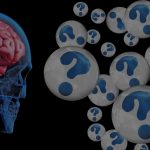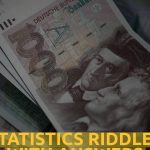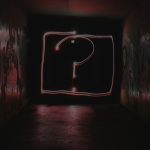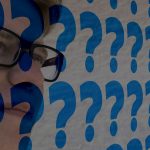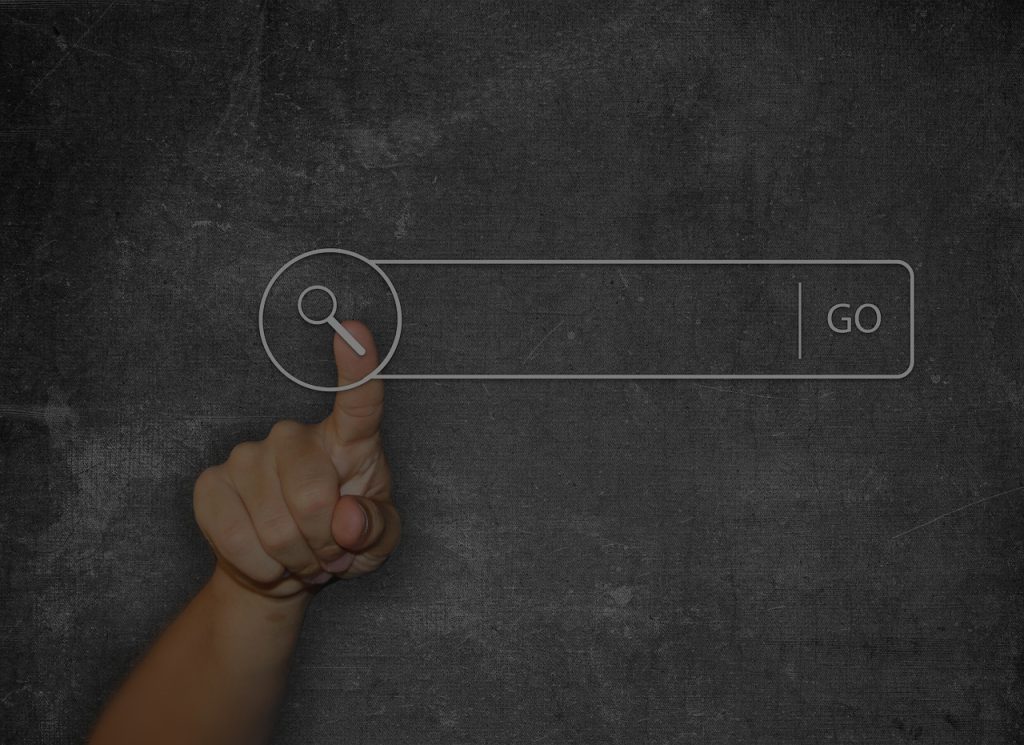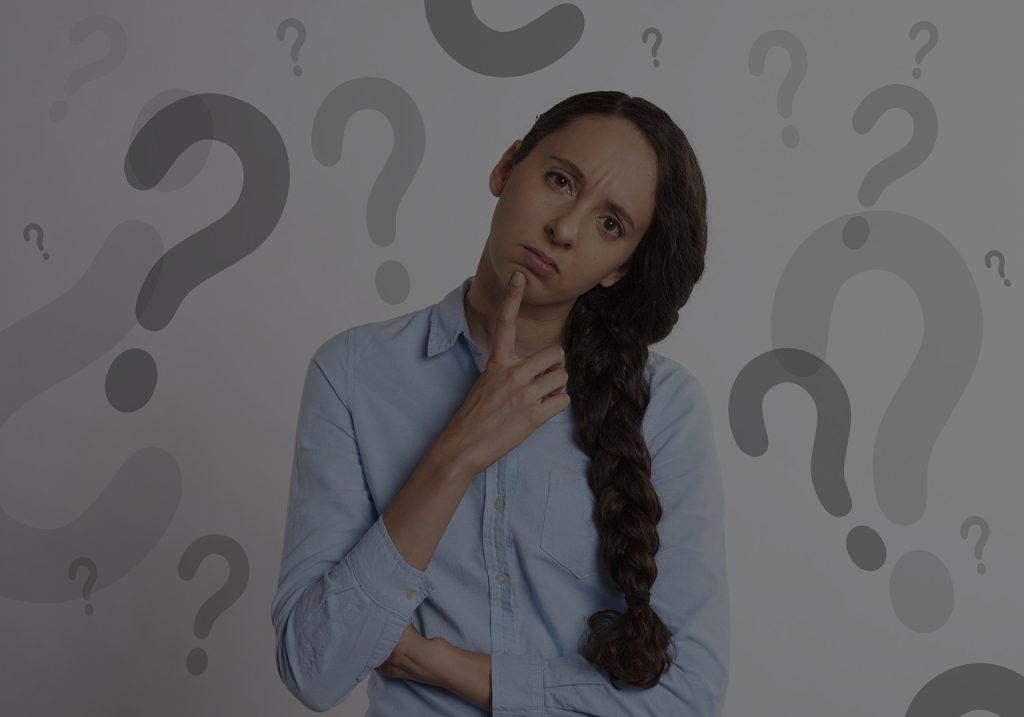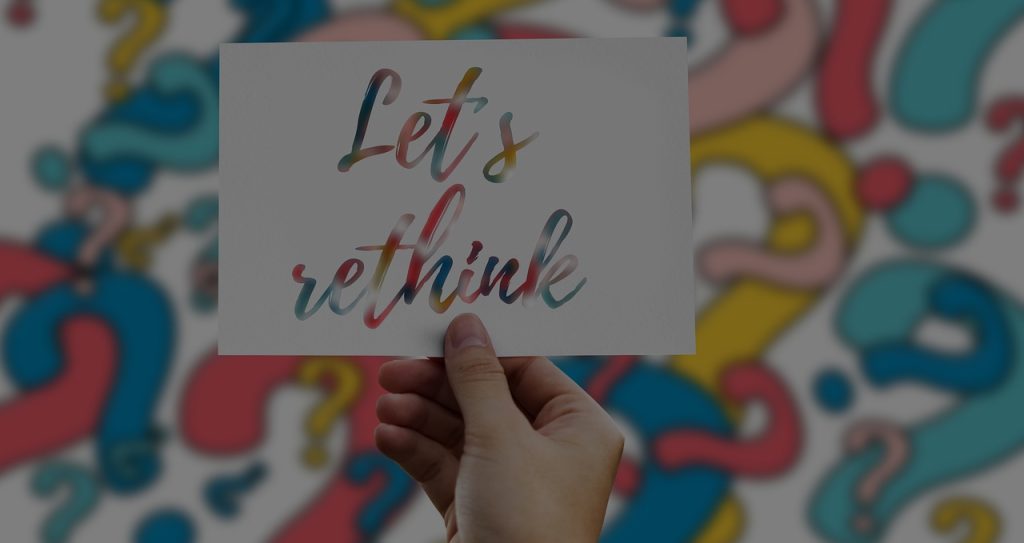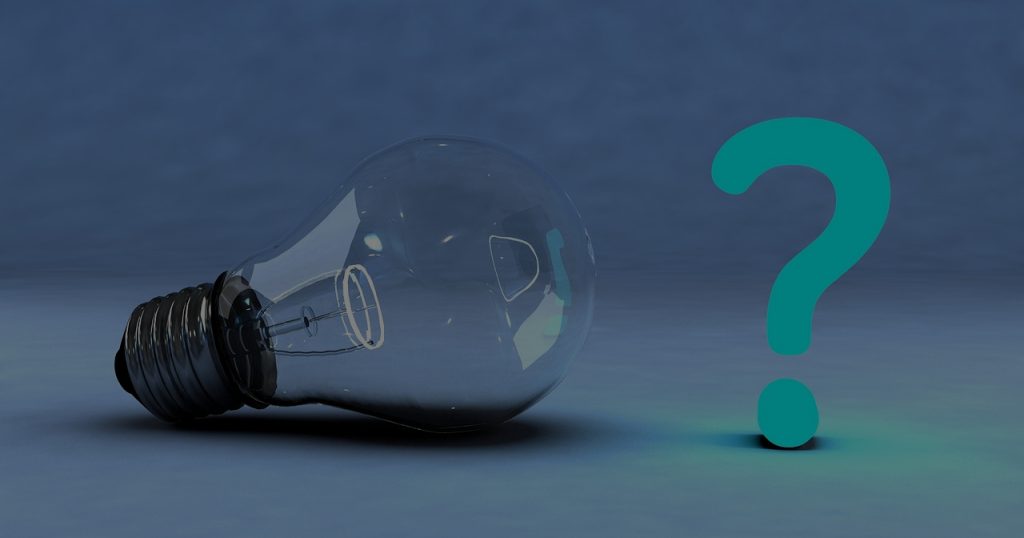Have you ever wanted to test your knowledge of atomic structure in a fun and challenging way? Look no further! In this blog post, we will explore a series of atomic structure riddles that will put your science skills to the test. Get ready to sharpen your mind and dive into the fascinating world of atoms with these mind-bending puzzles.
Tricky Atomic Structure Riddles With Answers
Riddle: I am the smallest unit of an element, with a nucleus at my core. What am I?
Answer: Atom
Riddle: I am made up of protons, neutrons, and electrons, yet I am invisible to the naked eye. What am I?
Answer: Atomic structure
Riddle: I have a positive charge, reside in the nucleus, and determine the element’s identity. What am I?
Answer: Proton
Riddle: I have a negative charge and orbit around the nucleus in energy levels. What am I?
Answer: Electron
Riddle: I have no charge, reside in the nucleus, and help stabilize the nucleus. What am I?
Answer: Neutron
Riddle: I am the total number of protons and neutrons in the nucleus of an atom. What am I?
Answer: Atomic mass
Riddle: I am the number of protons in the nucleus of an atom, which determines the element’s place on the periodic table. What am I?
Answer: Atomic number
Riddle: I am the force that holds the nucleus of an atom together, overcoming the repulsive forces between positively charged protons. What am I?
Answer: Strong nuclear force
Riddle: I am a hypothetical particle that mediates the force of attraction between protons and neutrons in the nucleus. What am I?
Answer: Meson
Riddle: I am the amount of energy required to remove an electron from an atom, determining its reactivity. What am I?
Answer: Ionization energy
Riddle: I am a region around the nucleus where electrons are likely to be found, representing their energy levels. What am I?
Answer: Electron cloud
Riddle: I am a group of atoms bonded together, forming the smallest unit of a chemical compound. What am I?
Answer: Molecule
Riddle: I am a diagram that uses symbols to represent elements and their chemical properties. What am I?
Answer: Atomic structure diagram
Riddle: I am a negatively charged particle ejected from the nucleus during radioactive decay. What am I?
Answer: Beta particle
Riddle: I am a reaction in which two atomic nuclei combine to form a heavier nucleus, releasing energy. What am I?
Answer: Nuclear fusion
Riddle: I am a reaction in which a heavy nucleus splits into two smaller nuclei, releasing energy. What am I?
Answer: Nuclear fission
Riddle: I am an unstable atom that emits radiation in order to become more stable. What am I?
Answer: Radioactive isotope
Riddle: I am the process by which an unstable nucleus decays and emits radiation. What am I?
Answer: Radioactive decay
Riddle: I am a type of particle composed of two or more atoms bonded together. What am I?
Answer: Molecule
Riddle: I am a particle with a positive charge that is equal in magnitude but opposite in sign to an electron. What am I?
Answer: Positron
Funny Atomic Structure Riddles With Answers
Riddle: Why did the atom go to the party alone?
Answer: Because they couldn’t find a suitable ion to bring!
Riddle: What did the excited electron say when he heard a joke?
Answer: “That’s positively hilarious!”
Riddle: Why do chemists enjoy working with ammonia?
Answer: Because it’s pretty basic stuff!
Riddle: What did the neutron say after a tough day of work?
Answer: “I need some rest mass!”
Riddle: Why was the electron always in a hurry?
Answer: It had too much potential energy!
Riddle: How do atoms communicate with each other?
Answer: They use cell-molecular phones!
Riddle: Why did the proton buy a new car?
Answer: Because it wanted to take a positive charge!
Riddle: What did the electron say when it got lost in the new atomic structure?
Answer: “I’m feeling a bit negative about this!”
Riddle: Why do protons and neutrons love hanging out together?
Answer: They have great chemistry!
Riddle: How do you know if an atom is feeling stagnant?
Answer: It becomes an inert gas!
Riddle: Why was the atom excited about finishing its homework?
Answer: Because it could finally relax and bond with its friends!
Riddle: What do you call a molecule that enjoys telling jokes?
Answer: A funny acid!
Riddle: How do atoms stay calm during arguments?
Answer: They keep their reactions under control!
Riddle: Why did the atomic nuclei go to couples therapy?
Answer: To work on their atomic bonds!
Riddle: What do you call a group of atoms that are judgmental?
Answer: Packed with negativity!
Riddle: Why did the electron decide to join a band?
Answer: Because it had great energy levels!
Riddle: What did the neutron say when asked about his favorite book?
Answer: “I prefer something with no charge!”
Riddle: Why did the atoms start a book club?
Answer: To bond over their love for the periodic table!
Riddle: What do you call a molecule that’s feeling lonely?
Answer: Solvent and sad!
Kids Atomic Structure Riddles With Answers
Riddle: What is the smallest unit of an element that still keeps the properties of that element?
Answer: Atom
Riddle: What is the central part of an atom where protons and neutrons are located?
Answer: Nucleus
Riddle: What are the negatively charged particles that move around the nucleus of an atom?
Answer: Electrons
Riddle: What is the force that holds the nucleus of an atom together?
Answer: Strong nuclear force
Riddle: What are the particles that carry a positive charge in the nucleus of an atom?
Answer: Protons
Riddle: What is the number of protons in the nucleus of an atom called?
Answer: Atomic number
Riddle: What is the total number of protons and neutrons in the nucleus of an atom called?
Answer: Atomic mass
Riddle: What is the term for atoms of the same element that have different numbers of neutrons?
Answer: Isotopes
Riddle: What is the region around the nucleus of an atom where electrons are likely to be found?
Answer: Electron cloud
Riddle: What is the term for when two or more atoms are bonded together?
Answer: Molecule
Riddle: What is the process of combining atoms to form new substances?
Answer: Chemical reaction
Riddle: What is the term for atoms gaining or losing electrons to become stable?
Answer: Ionization
Riddle: What is the outermost part of an atom where electrons are located?
Answer: Electron shell
Riddle: What is the term for an atom or molecule that has gained or lost electrons?
Answer: Ion
Riddle: What is the location where an atom’s electrons are found in different energy levels?
Answer: Electron orbital
Riddle: What is the term for atoms that have the same number of protons but different numbers of neutrons?
Answer: Atomic isotopes
Riddle: What do we call the number of protons plus neutrons in the nucleus of an atom?
Answer: Mass number
Riddle: What is the force that holds electrons in orbit around the nucleus of an atom?
Answer: Electromagnetic force
Riddle: What is the term for an atom that has a different number of electrons than protons?
Answer: Ionized atom
Atomic Structure Riddles With Answers For Adults
Riddle: I am made up of protons, neutrons, and electrons, forming the smallest unit of a chemical element. What am I?
Answer: An atom
Riddle: I am the central part of an atom, where protons and neutrons are located. What am I?
Answer: The nucleus
Riddle: I determine the identity of an atom based on the number of protons I contain. What am I?
Answer: Atomic number
Riddle: I am a form of an atom that has the same number of protons but different number of neutrons. What am I?
Answer: Isotope
Riddle: I am a negatively charged subatomic particle that orbits around the nucleus. What am I?
Answer: Electron
Riddle: I am a form of radiation emitted by some isotopes due to unstable atomic nuclei. What am I?
Answer: Radioactivity
Riddle: I am the total number of protons and neutrons in the nucleus of an atom. What am I?
Answer: Atomic mass
Riddle: I am the region surrounding the nucleus where electrons are likely to be found. What am I?
Answer: Electron cloud
Riddle: I am a model of the atom that describes electrons as existing in specific energy levels or shells. What am I?
Answer: Bohr model
Riddle: I am the smallest unit of an element that retains the properties of that element. What am I?
Answer: Molecule
Riddle: I am a particle that has a positive charge and is found in the nucleus of an atom. What am I?
Answer: Proton
Riddle: I am a subatomic particle that has no charge and is found in the nucleus of an atom. What am I?
Answer: Neutron
Riddle: I am a type of bond that forms between atoms when electrons are shared. What am I?
Answer: Covalent bond
Riddle: I am a type of bond that forms between atoms when electrons are transferred. What am I?
Answer: Ionic bond
Riddle: I am the arrangement of atoms within a crystal structure. What am I?
Answer: Lattice structure
Riddle: I am a chemical reaction that involves the splitting of atomic nuclei. What am I?
Answer: Nuclear fission
Riddle: I am a chemical reaction that involves the combining of atomic nuclei. What am I?
Answer: Nuclear fusion
Riddle: I am a type of particle accelerator that uses electric and magnetic fields to accelerate charged particles. What am I?
Answer: Cyclotron
Riddle: I am a type of particle accelerator that uses radio waves to accelerate charged particles. What am I?
Answer: Linear accelerator
Riddle: I am a unit used to measure the energy of subatomic particles. What am I?
Answer: Electronvolt
In conclusion, atomic structure riddles are not only a fun way to challenge your knowledge of chemistry, but they also serve as a great learning tool to help you remember key concepts about atoms and their components. By engaging in these riddles, you can strengthen your understanding of the building blocks of matter and have some fun in the process. So next time you come across an atomic structure riddle, don’t shy away from the challenge – embrace it and expand your knowledge in an interactive and enjoyable way.







